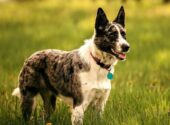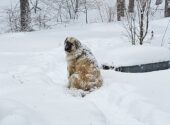Are you looking for a new best friend who will accompany you on all your adventures? If yes, the Australian Shepherd Blue Heeler Mix is your guy.
This dog is incredibly smart, has huge energy levels, and makes the perfect adventure buddy.
As if that’s not enough, this dog has a strong work ethic. As a mix of two excellent working dogs, an Australian Shepherd and a Blue Heeler, you can train this dog to make daily tasks easier for you and your family.
Read more to find out why this dog is for you.
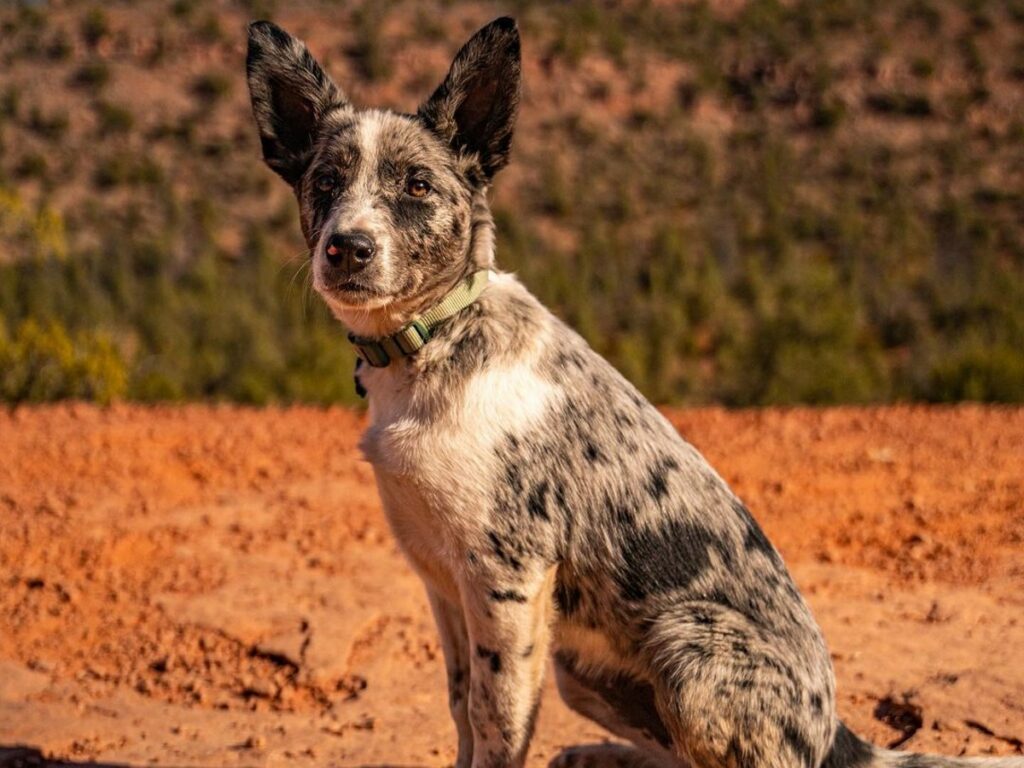
Quick Facts: Australian Shepherd Blue Heeler Mix
Height
17 - 18Weight
25 - 60Lifespan
12 - 16Breed Size
medium (26-60 lbs.)Breed Type
purebredBreed Group
companion, herdingTemperament
anxious, outgoing, playful, protectiveGood With
families, farmersIntelligence
highShedding
frequentExercise Needs
highBarking Level
highEnergy level
highDrool Amount
lowCoat Type
short or medium, denseCoat Patterns
bi-color, black and tan, tri-colorColors
black, gray, white, merle, tanOther Characteristics
good hiking companion, high prey drive, requires lots of grooming, strong loyalty tendenciesAustralian Shepherd Blue Heeler Mix Highlights
- Because they are bred as working dogs, they love nothing more than have something to do. These dogs won’t mind running and playing for hours in the yard.
- The Australian Shepherd Blue Heeler Mix is generally very affectionate and protective of its family. Nonetheless, their herding instinct can make them big bullies of smaller pets in the home.
- Train the Australian Shepherd Blue Heeler Mix puppy early to prevent instinctive herding or barking tendencies.
- For an Australian Shepherd Blue Heeler Mix dog, whose lifestyle requires ample energy, the most imperative part of their diet should be providing adequate nutrition.
- They love to be outdoors and get muddy, so cleaning is one of the essential components of caring for these dogs.
- These dogs are not so big on chew toys and puzzles. They prefer to devote considerable time running and jumping in the yard.
History
In the 1970s, ranchers in Texas began crossing Australian Shepherds and Blue Heelers, resulting in a new breed that could effectively manage all types of livestock. This new breed is called Australian Shepherd Blue Heeler Mix.
To gain a deeper understanding of the Australian Shepherd Blue Heeler Mix, let’s explore the histories of its parent breeds.
Australian Shepherd

The origin of the Anatolian Shepherd Dog appears to date back to hunting dogs from Mesopotamia, suggesting a very ancient breed. Through the ages, they have been adapted to best suit their environment and responsibilities; this process was heavily impacted by factors such as duties, climate, and lifestyle.
This breed can be found in its homeland in Turkey, where it has traditionally served as a herder’s friend and guardian for livestock; it was selectively bred to share qualities with the farm animals so that potential threats would not be able to differentiate these shepherd dogs from their prey.
During the 1970s, breeders in Western countries began to exhibit increased interest in Anatolian Shepherds. They subsequently ignited a process by which landrace natural breeds could steadily be transformed into modern variants; this was achieved through various means, such as documenting origins from particular ancestors and forming breed standards that set forth requirements.
The first kennel likely arrived in America during the late 1930s, when they became part of a study that was intended to find what type of dog would make an exemplary sheepdog.
Great Pyrenees
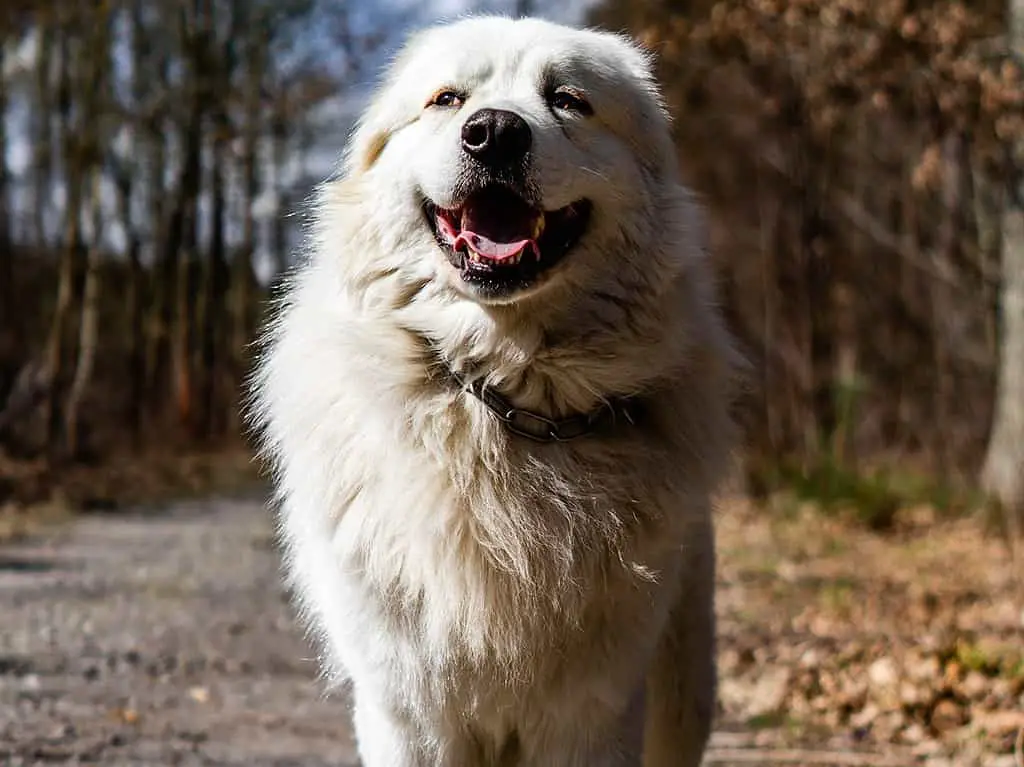
It is believed that the Great Pyrenees descended from a collection of predominantly white mountain flock guard canines dating back to around 10,000 or 11,000 years ago in Turkey. This theory is further supported by the likelihood that these large white dogs were brought to the Pyrenees Mountains with their herdsmen and domestic animals dating as far back as 3000 BC.
In 1931, Mr. and Mrs. Crane imported a number of Great Pyrenees in an effort to establish the breed in North America with the formation of Basquaerie Kennels at Needham, Massachusetts; their dedication to the cause enabled the breed to remain robust and continue developing. They also acquired valuable breeding stock from Europe prior to World War II restricting access from the continent.
On February 1935, the American Kennel Club approved the official standard of the Great Pyrenees, more commonly called Pyrs. Described by its characteristics as a kind, intelligent and regal breed of immense size, Pyrs can be a strong addition to any home.
Appearance
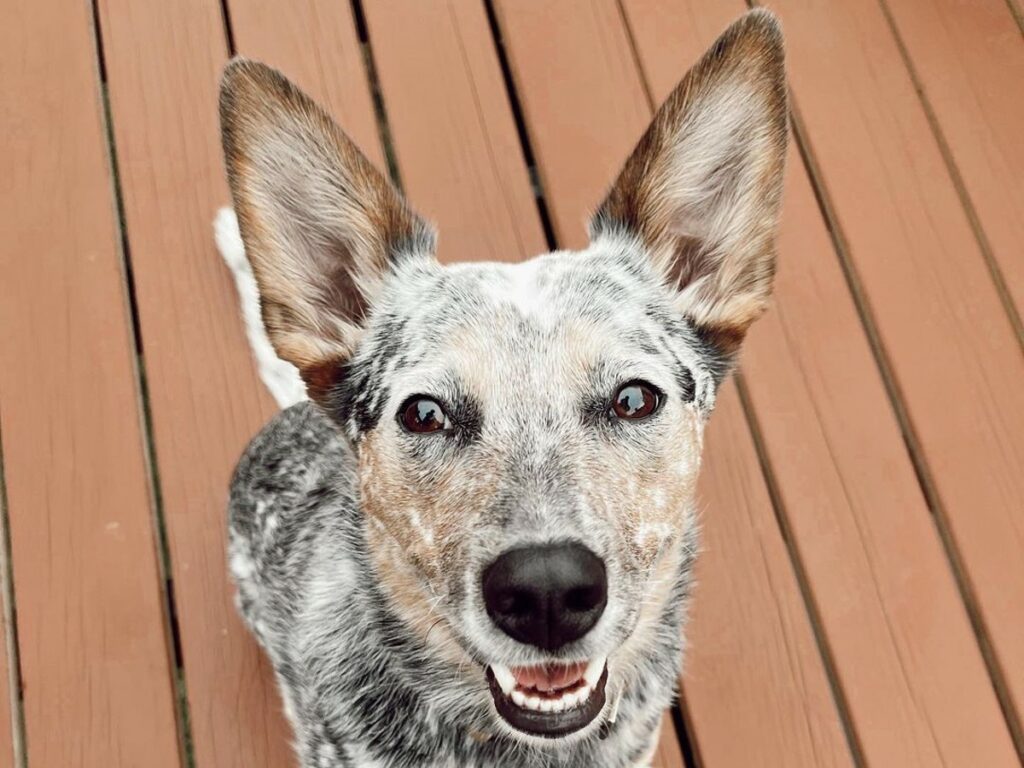
The Australian Shepherd Blue Heeler mix results from combining two distinct breeds, and its physical appearance demonstrates this combination. Puppies of the same litter can look completely unrelated. They can appear slender or strong, depending on which parent breed is dominant.
Australian Shepherd Blue Heeler Mix Size
They are medium-sized dogs, standing between 17 and 18 inches tall and weighing 25 and 60 pounds.
Australian Shepherd Blue Heeler Mix Colors
These dogs can be a mix of merle, gray, tan, brown, white, and black.
Coat
These dogs may exhibit hairs of varying lengths (short or medium); however, they feature thick and dense coats ideal for enduring extreme climates.
Personality


These pups were bred to keep up with their owners and share in the daily tasks of herding and ranching, resulting in their devotion to staying busy. Whether it’s a five-mile run or just playing fetch in the backyard, they’re sure to be up for it.
The Australian Shepherd Blue Heeler Mixes are also vocal dogs. They don’t hold back when alerting you of potential threats, trying to get your attention, and expressing boredom. However, with proper training, they can learn when barking is necessary and when it’s not appropriate.
They also strongly desire to stay close to their owners, following them from room to room. They relish the security of being near their humans and often seek them out when things feel unsafe or overwhelming. This characteristic makes them prone to separation anxiety.
Despite displaying herding behaviors occasionally when interacting with young children, these dogs demonstrate great affection and patience.
Health
The Australian Blue Heeler Mix has extraordinary physical strength and vigor, having been specially bred to perform hard labor for long stretches. Because of this lifestyle, they may eventually develop dysplasia.
This breed has a special duty: herding livestock. This work requires an unusual stance that may have long-term health impacts on their hips and elbows. That said, hip and elbow dysplasia is a common condition among Australian Blue Heeler Mix dogs.
So what is dysplasia in dogs? Essentially, it refers to the abnormal hip or elbow joint development that prevents them from effectively supporting the body weight during movement. This leads to an unstable joint structure and can lead to other related conditions, such as arthritis.
Treatment for dysplasia in dogs typically consists of medications to reduce inflammation and pain as well as physical therapy or exercise recommendations to promote joint health. In some cases, surgery may also be recommended depending on the severity of the dysplasia.
Since the most prominent color in these dogs is merle, you should also look out for congenital deafness. Unfortunately, this is a common health issue among merle-colored dogs.
While there is no definitive cure for this health problem, your vet can help improve your deaf dog’s quality of life. From hearing implants and vocal conditioning techniques to sign language training and vibrating collars, your Australian Shepherd Blue Heeler Mix can still enjoy an active lifestyle filled with love and adventure.
Lifespan
With proper care, nutrition, veterinary visits, and exercise, these dogs can thrive for 16 to 20 years.
Care
Remember that these are herding dogs. They have been conditioned to endure extensive and vigorous hours on the farm. Their herding tendencies toward people will become more predominant if the usual daily physical and mental stimulation is not met.
They will also become quite crafty when finding a way out of your house. From digging under fences or squeezing through tight spaces to opening doors with their noses and paws — if there’s an opportunity for adventure outside your home, the Australian Blue Shepherd Blue Heeler Mix won’t hesitate to take it.
The Australian Cattle Dog Australian Shepherd Mix requires significant physical activity each day to stay healthy and content beyond what can be achieved by casual strolls.
Regular participation in intense activities lasting approximately 1-2 hours per day (such as throwing a frisbee, playing flyball, or practicing agility exercises) can work to maintain an orderly demeanor and good behavior when the dog is indoors.
Diet
With such boundless energy and enthusiasm, they require a balanced diet to stay healthy.
Three cups of quality dog food daily are recommended to keep them at their best. Their diet can also include proteins from lean meats like chicken or fish, along with complex carbohydrates. Fibrous veggies such brussel sprouts, carrots, broccoli, spinach and green beans will also provide essential vitamins for their growing bodies.
Grooming
These pups are high-energy dogs that live to play outdoors, which means they tend to get pretty dirty in the process. This calls for an elaborate grooming routine.
They need regular brushing sessions and baths about every 5 days or so. If your Australian Shepherd Blue Heeler Mix has a medium coat, increase the frequency of brushing sessions to prevent mats from forming.
In addition, getting your pup used to having its paws touched and nails trimmed from an early age is essential. This will make things easier for you when it comes to nail trimming.
Special dog-friendly clippers can help ensure your pooch isn’t too uncomfortable during the grooming session.
Take the time as well to clean their ears and brush their teeth regularly to prevent any build-up that could lead to further health issues.
Australian Shepherd Blue Heeler Mix Puppies
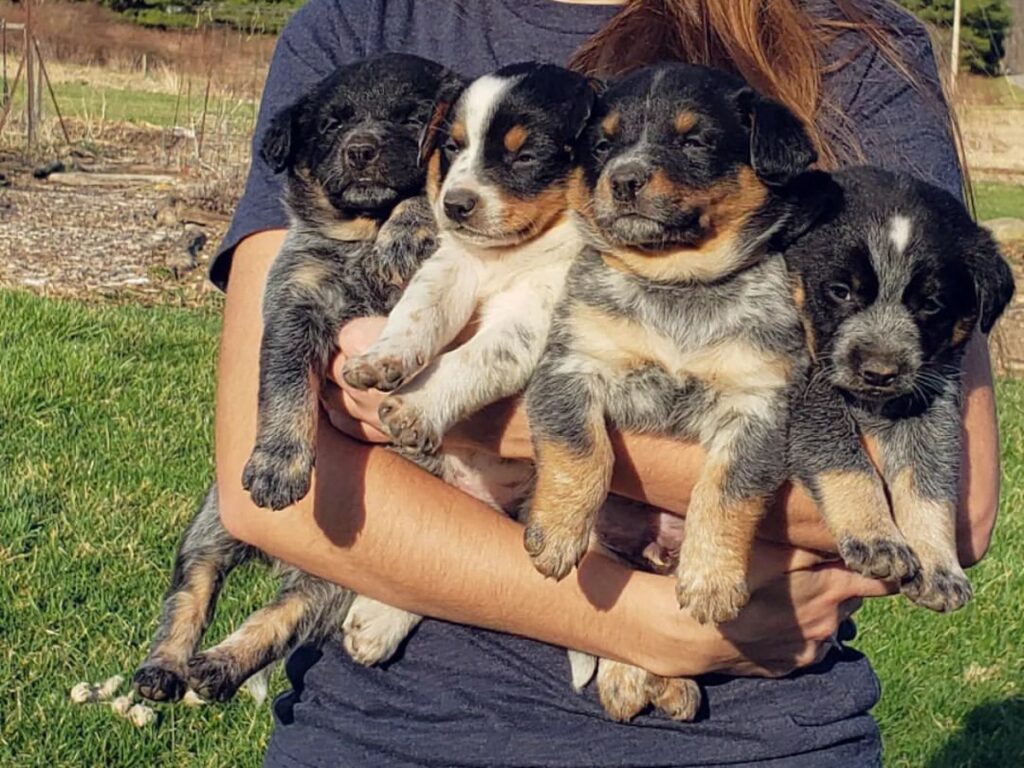
These puppies have bundles of energy and intelligence; however, these qualities can quickly become problematic without training. To ensure your pup grows into a well-behaved companion, start their training from an early age.
Likewise, expose them to positive social situations such as outings with friends or trips to the dog park where they can play with other dogs. Through early socialization, these curious pups will learn proper behavior when interacting with both humans and other animals.
Children and Other Pets
These dogs are more than happy to play with your children for hours on end. Their athletic build ensures they have plenty of energy to keep going all day long. And you know what else? Their loving temperament provides endless cuddles when playtime has been exhausted.
But the Australian Shepherd Blue Heeler Mix might nip at smaller pets due to their herding instincts. This is where early socialization comes into play.
Rescue Groups
If you would rather rescue an Australian Shepherd Blue Heeler Mix than buy a puppy from a breeder, check out these remarkable groups:
Australian Shepherd Rescue in Michigan
New Spirit 4 Aussie Rescue Inc.
Aussie Rescue & Placement Helpline Inc.
Australian Cattle Dog Rescue of Illinois
Australian Cattle Dog Rescue Incorporated
AuCaDo: Australian Cattle Dog Rescue
Australian Shepherd Blue Heeler Mix FAQS
Do Australian Shepherd Blue Heeler Mix dogs shed a lot?
Yes, these dogs shed quite often and require frequent grooming sessions.
Is the Australian Shepherd Blue Heeler Mix dog tolerant of other pets?
With early socialization and training, these dogs can live with other pets. But if you don’t start socializing and training them as soon as you bring them home, they may bully smaller animals as their herding instincts kick in.
Are the Australian Australian Shepherd Blue Heeler Mix dogs hypoallergenic?
No, these dogs are energetic, loyal, and hardworking, but one thing they’re not? Hypoallergenic! So if you’re looking for an allergy-friendly pup, this breed is not an ideal choice.
Do Australian Shepherd Blue Heeler Mix dogs bark a lot?
Yes, these dogs bark a lot due to their herding instincts. As working dogs, they use their voice to guide, gather, and protect farm animals.
Are Australian Shepherd Blue Heeler Mixes big dogs?
No, they are typically medium-sized. These dogs weigh anywhere between 25 and 60 pounds and stand at an average height of 17 to 18 inches when fully grown.
Australian Shepherd Blue Heeler Mix Fun Facts
- This mixed breed goes by several other names: Texas Heeler, Aussie Cattle Mix, Queensland Heeler Australian Shepherd Mix, Australian Blue Heeler Shepherd, Australian Shepherd Australian Cattle Dog Mix, Australian Shepherd and Cattle Dog Mix, and Queensland Australian Shepherd Mix.
- The term “heeler” is derived from this breed of dog’s habit of pestering cattle by biting at their heels; some Australian Shepherd Blue Heelers may even attempt this behavior on smaller pets.
- While the Australian Blue Heeler dominates half of this dog’s pedigree, its other half is derived from the American breed Australian Shepherd.
References
Sherman, B. L. (2008). Separation anxiety in dogs. Compendium, 30(1), 27-42.
Strain, G. M. (1999). Congenital deafness and its recognition. Veterinary Clinics of North America Small Animal Practice, 29, 895-908.
Strain, G. Deafness and the merle gene. Los Chihuahuas, 32, 4-8.

